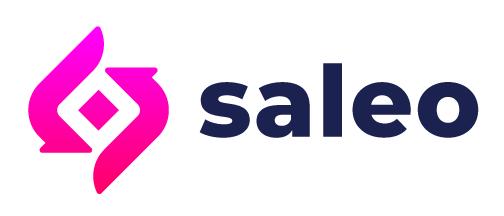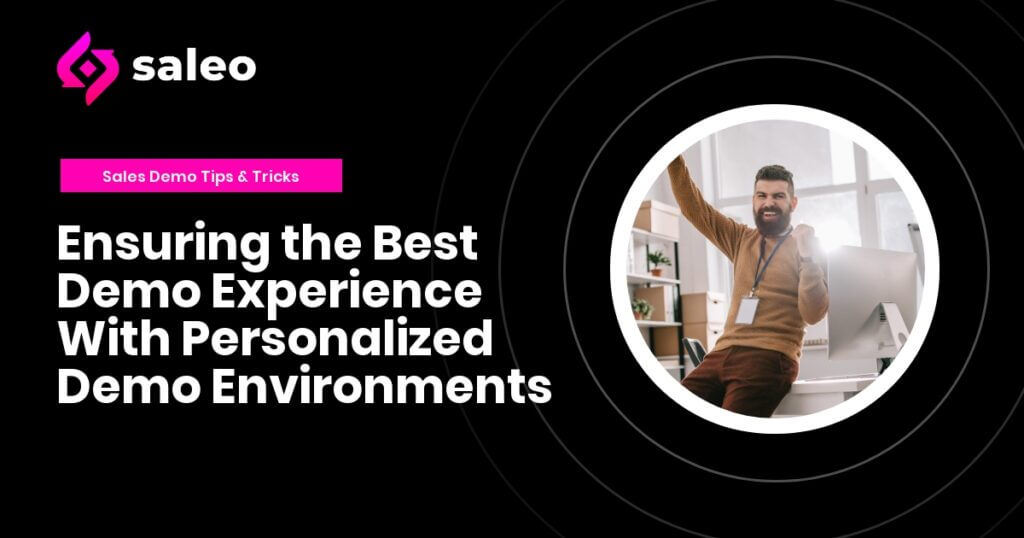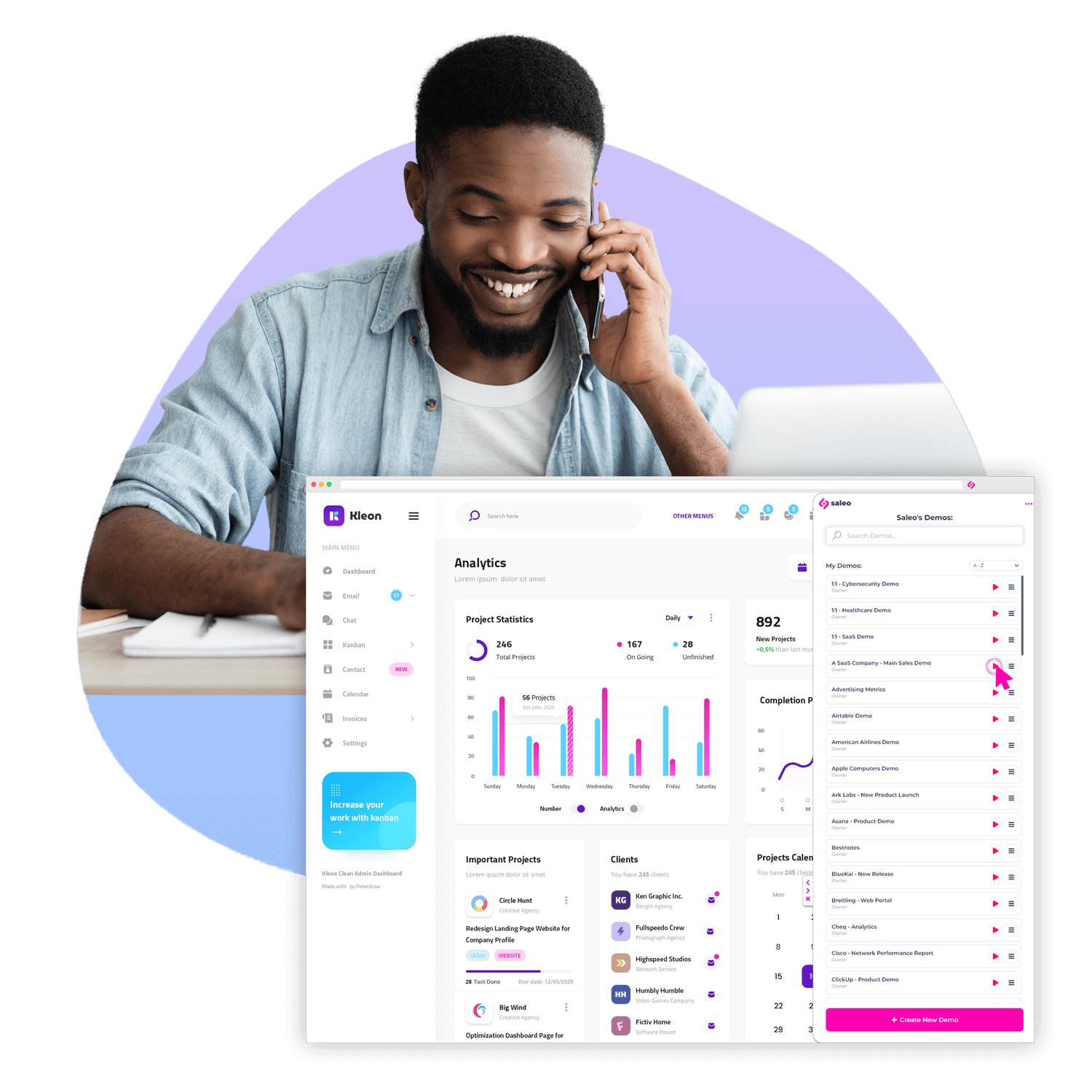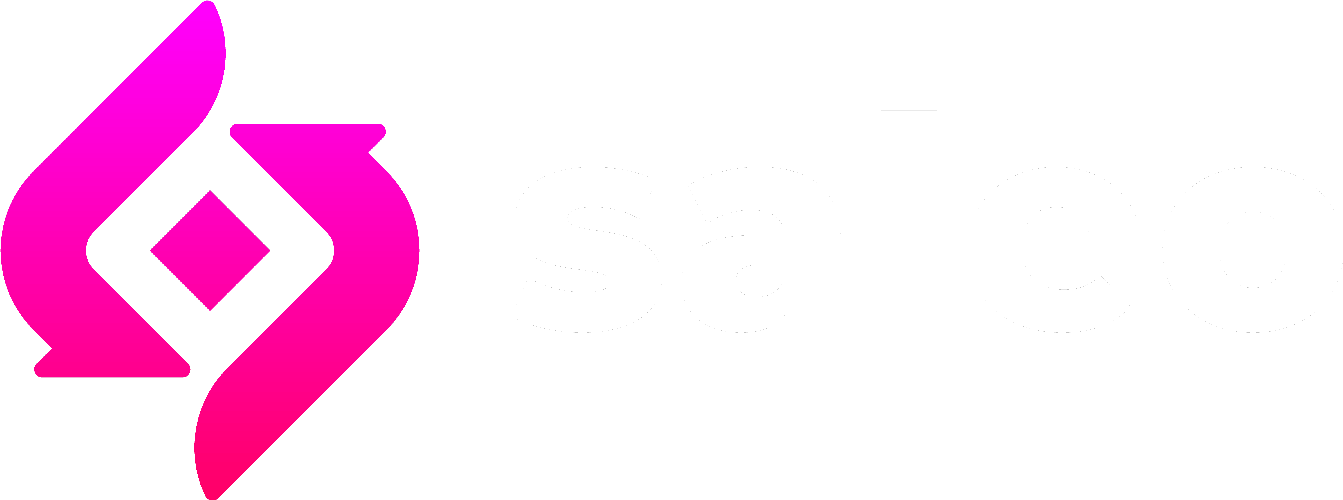Learning to Personalize Your Demo Environments for SAAS Sales Demo Success
Demos are a crucial component of the sales process, and unfortunately, there is never a second chance to make a good first impression. They are an opportunity for the sales team to share a value story about the product and how it fits into a prospect’s unique situation. However, we often botch up the process by focusing on showing our mastery of the product and its features and forgetting about the buyer. Good demos are about something other than making your product appear perfect. Your success depends on how well you can appeal to your prospect’s needs with some of the features your product offers.
In the current hyper-competitive markets, your demo highly influences the outcome of your deal. The average demo close rates for B2B SaaS companies are 20% to 50%. Therefore, unless you have a close rate of 100%, the number of people seeing your demos is way more than those who get to see your product. How do you ensure that your demo can resonate more with prospective buyers and increase your chances of winning? The answer is simple; personalize your demo environments to suit your prospects’ processes. This way, they can envision how they will use the solution and how the solution could solve their pain points.
What Buyers Look for in a Sales Demo
The most effective SaaS sales demo needs to be designed around the buyer experience, not the product. While it helps the buyer know what the software does, it is more important to them to know how it will make their operations more straightforward. Every claim you make about your product needs to be verified by the demo. Use the demo to give prospects a firsthand experience of your product’s efficiency. Secondly, buyers want to leave the demo with ideas on how your product may solve their problems. The demo is an opportunity to help them understand what differentiates you from competitors and what value your product offers.
Finally, when buyers request a demo, they want to dive deep into your product and grasp how it integrates with their existing technology stack and processes. They may have specific questions or ask to see the SaaS product live. Therefore, make time for questions and feedback in your demo sessions.
What is the Impact of Personalized Demo Environments?
A practical demo involves more than giving a walkthrough and setting your product against the competition. You need to adapt to your prospects’ needs and demonstrate how your product can help solve their problems without generating new ones. This is an opportunity for prospects to know you better and evaluate your product’s effectiveness in delivering value. Therefore, personalizing your demos is an excellent way of engaging and building a relationship with potential customers.
A demo environment aims to replicate the actual feeling of your product while including all essential aspects that facilitate the sale process. This could include graphs, charts, interactivity capabilities, personalization, and more. For SaaS providers, demo environments ensure you stand out from the crowd by supporting realistic product experiences. They allow prospects to interact with and feel the product to understand its value in their everyday life better.
For complete control over your demo environment, personalization is crucial. This sets apart your demo experiences by ensuring you remain relevant to your prospects and are more effective at communicating the value of your software solution. Custom demo environments ensure you paint a realistic picture of expectations for potential buyers through tailor-made demonstrations that genuinely reflect the prospect’s challenges you want your product to solve. Besides letting you talk and explain the product’s value, a custom environment allows the prospects to experience the product.
Besides helping deliver what buyers look for in a product demo, personalizing the demo environment also considers your needs as a seller. To begin with, it helps qualify leads since you must first establish their needs to customize a suitable environment. Therefore, you plan the demo knowing what challenges the buyer is experiencing and ways your products can help. It allows salespersons to plan their demos in the most effective way to close a sale.
What Challenges do Personalized Demo Environments Address?
- Helps prospects evaluate pain points associated with the product
A live demo allows prospects to get a feel of using the product. Their decisions are based on real experiences and not just hearsay of what the product can do or offer. They get to evaluate how the program fits into their processes and if it is solving their problems or will become another pain point to worry about. The quick testing and use case simulation also help prospective buyers determine if they have the technology stack, skill requirements, and financial capabilities to adopt the product into their operations.
- Delivers stable and flawless demos
Custom demo environments give you total control over graphs, texts, and tables, allowing you to create data-complete demos. These are deployable quickly and do not require an understanding of coding language. You are guaranteed that the tools you need for the sales process are readily available and will not fail you.
- Makes demos more captivating and engaging
Instead of having to listen to endless talk about technical features and specifications they can hardly comprehend, custom demo environments allow potential buyers to see how the product captures the solutions to their pain points in a relatable manner. This allows them to see the value of their specific use case faster.
- Relieves salespeople of demo anxiety
The demo environment is usually independent of your product; therefore, you are confident no issues will arise during the demo. The stability gives you the confidence to focus on winning the demo, as you are sure everything will work as needed and when needed.
The Do’s and Don’ts for Creating the Perfect Demo Environment
When customizing a demo environment, there are a few things you need to either do or avoid if you want to win more sales. They include:
The Do’s
- Plan a discovery session to understand your prospect and their situation better. Some critical insights to gather include the prospects’ role, their business processes and technical environment, their key strategic objectives, and the challenges they are facing and their implications.
- Choose the most suitable and relevant level of customization. Not all demos require complete custom demo environments to capture the solution’s relevance to the buyer’s problems.
- Allow time for questions and feedback. Refrain from assuming that your presentation covered everything the potential buyer needed to know about the product.
- Ensure your demo matches the buyer’s lifecycle.
- Tell a story of value but with a bias towards whoever you are presenting to.
- Make sure you use the right tools to up-level your demo in the custom environment.
- Keep all the data and information as current as possible.
The Don’ts
- Avoid labeling things as demos or using fictional names, as it alienates the buyer from the product.
- Even when running demos in personalized environments, resist the urge to change or add significant changes to the product, like integrations and configurations. The demonstration should be standard, in ‘out of the box’ form, unless the customer requests otherwise.
- Don’t forget to prepare your goals for every demo session. This shapes the direction of your demo and ensures you have covered all essential aspects.
- Don’t stick to a script. Instead, make your demos a conversation where you listen and respond to prospects accordingly.
The Different Levels of Demo Environment Customization
Customizing the demo environment allows the prospect to see themselves in the solution. There are different levels to which you can customize demos, and they include:
- Full-customization
In this type of personalization, the demo environment is purposefully built to reflect the unique processes of a specific business. It features the prospect’s factual data and even their branding.
- Semi-custom
This involves light customization of the demo environment. This means that the demo combines both specific and generic features. This is usually to give an as accurate possible feel of the solution without the commitment of complete customization. Primarily, customization focuses on the essential aspects of the prospect.
- Non-custom but relevant
For volume and velocity sale processes, customization is often not an option. However, to ensure they deliver a relevant experience to potential; buyers, they can quickly identify a few issues specific to the prospect and address them through the demo. While there is a limited amount of time and resources put into this, you can still adjust the demo environment accordingly to fit different workflows.
Your SaaS sales team is empowered to sell your products successfully with the right demo environment. Saleo can help make your demos more compelling and enjoyable to grab the attention of buyers. To see how this tool works, request a demo today and find out how easy it is to personalize your sale demos and close more deals.





